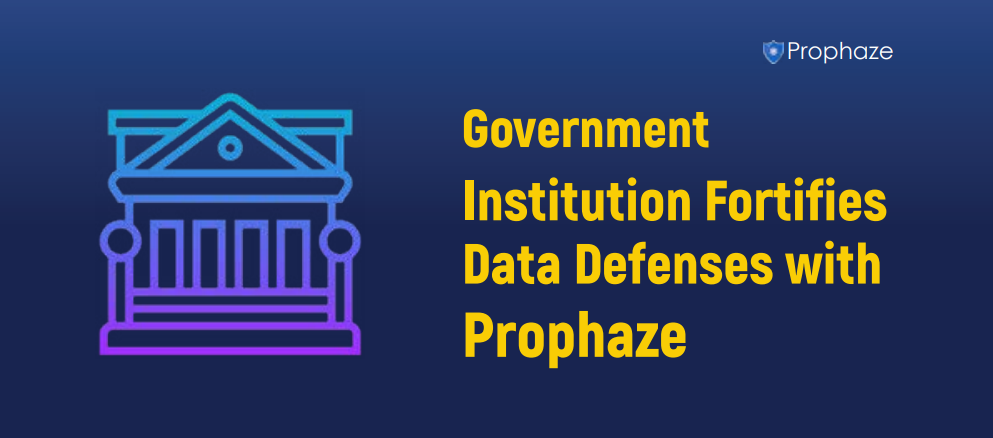Federated Identity Management (FIM) is a system that allows digital identities to be shared across multiple jurisdictions, organizations, or security boundaries. It allows users to use a single set of credentials, such as a username and password. And integrates authentication and authorization across platforms. To access various services or applications without having to log in separately It improves convenience, security, and scalability for FIM users.
Various organizations With the increasing adoption of cloud services and multi-domain environments, FIM has become a key component in securing access to applications. Without compromising user experience or security.
Why is Federated Identity Management Important?
Streamlined User Experience:
By enabling single sign-on (SSO), FIM enables users to access multiple applications using a single set of credentials. It makes the login process easier and reduces friction for users who need to access services frequently.
Enhanced Security:
With FIM, organizations centralize authentication. This ensures that user identities are verified by a trusted identity provider (IdP). This reduces the attack surface. This is because fewer passwords are stored on different platforms. And help make security policies more consistent.
Cross-Domain Access:
Centralized identity allows access across domains. For example, in a B2B collaboration, two companies can build trust through FIM, which allows employees to seamlessly access each other’s resources.
Scalability in Multi-Cloud Environments:
When organizations increasingly embrace a multi-cloud strategy, FIM enables consistent identity management across cloud services. This reduces administrative costs and ensures security compliance across platforms.
How Does Federated Identity Management Work?
Identity Providers (IdP):
In a centralized system, identity providers are responsible for authenticating users. Verifying user identity and issuing authentication tokens. Examples of popular IDPs include Google, Microsoft Azure AD, and Okta.
Service Providers (SP):
Any service provider, application, or platform. That relies on an identity provider to authenticate users Instead of managing authentication manually The service provider trusts the identity verified by the IdP.
Authentication Protocols:
FIM relies on standard protocols such as SAML (Security Assertion Markup Language), OAuth 2.0, and OpenID Connect to facilitate the exchange of authentication information between IdPs and SPs.
Token Exchange:
When a user tries to access the service The provider redirects the user to the identity provider for authentication. After successful login, the IDP issues a token, which the service provider uses to grant access to the requested resource.
Key Features of Federated Identity Management
Single Sign-On (SSO):
SSO is a key feature of FIM that allows users to authenticate just once and access applications or services. In different domains.
Multi-Factor Authentication (MFA):
Many FIM solutions integrate MFA to provide an additional level of security beyond the username and password. This ensures that unauthorized access is prevented even if credentials are compromised.
Trust Relationships:
FIM is built on a trust relationship between the identity provider and the service provider. These relationships help each party trust the authentication information exchanged during login attempts.
Support for Multiple Protocols:
FIM supports various authentication protocols (SAML, OAuth, OpenID Connect), enabling flexible integration across a wide range of applications and platforms.
Benefits of Federated Identity Management

Improved User Experience:
By eliminating the need for multiple logins, FIM improves the user experience. Reduce password fatigue and reduce the number of credentials users must manage.
Increased Security:
FIM reduces the chances of password reuse. Phishing attacks and identity theft by centralized authentication. Additionally, centralized identity providers often support advanced security measures such as MFA and adaptive authentication.
Efficient Resource Management:
IT administrators can manage user identities across platforms. From a single source Optimize and de-provision accounts.
Compliance with Data Privacy Regulations:
FIM helps organizations comply with data privacy regulations such as GDPR and CCPA by ensuring that user identities and credentials are managed and maintained. Safe and secure in a centralized manner.
Cost Savings:
By reducing password-related support requests and improving identity management, FIM can reduce operating costs for organizations. Especially those managing large and diverse user bases.
Challenges and Considerations of FIM Implementation
Establishing Trust:
Using FIM across organizations or domains. It is necessary to establish a trustworthy relationship between the identity and the service provider. This can be complex and require legal, technical, and organizational agreements.
Complexity of Integration:
Integrating multiple applications. Especially the original system Fitting into a centralized identity protocol can be challenging. Some applications natively do not support modern protocols such as SAML or OAuth 2.0, which require custom integration.
Security Risks:
Although FIM reduces the attack surface by focusing on authentication, But it still causes a single point of failure. If an identity provider is compromised Attackers will be able to gain access to various systems.
Data Privacy Concerns:
Although FIM reduces the attack surface by focusing on authentication, But it still causes a single point of failure. If an identity provider is compromised Attackers will be able to gain access to various systems.
Use Cases of Federated Identity Management
Business-to-Business (B2B) Collaborations:
Collaboration: In B2B partnerships, organizations often need to provide employees with access to shared resources. FIM facilitates secure cross-domain access without the need for multiple credentials.
Educational Institutions:
Universities and research institutions often use FIM to give students and faculty access to external research platforms, libraries, and cloud-based services using a single login.
Government Services:
FIM can be used by governments to provide citizens with a single identity to access public services such as health care, tax filing, and social security. This reduces the need to use multiple accounts.
Multi-Cloud Strategies:
Companies using multiple cloud providers can use FIM to manage access to different cloud platforms. Continuously Reduce administrative burden and increase safety.
Future Trends in Federated Identity Management
While various organizations embrace digital transformation and cloud adoption, The demand for scalable identity management solutions is increasing. Federal identity management is likely to evolve in the following ways.
Decentralized Identity:
Blockchain-based Identification System Or what is often called decentralized identity. Arguably a key trend in the FIM’s future, these systems aim to give users more control over their digital identities. without the need for a centralized identity provider.
AI and Behavioral Analytics in Identity Management:
AI and User Behavior Analysis (UBA) are increasingly being used to detect anomalies in access patterns in user authentication. Therefore, it identifies unusual activities in real time and improves security.
Zero Trust and Identity Management:
As organizations adopt Zero Trust architectures, where no user is inherently trusted, FIM will play a key role in dynamically managing access to resources based on contextual information.
Enhanced Privacy and Consent Management:
With increasing concerns about data privacy, future FIM solutions are likely to include more robust consent management tools. It gives users control over what personal information they share across services.
Strengthening Security with Federated Identity Management
In today’s interconnected world Federated identity management (FIM) is critical for organizations that want to balance security, usability, and scalability. By centralizing authentication and enabling seamless cross-domain access, FIM improves both the user experience and the state of cybersecurity. Because various businesses Embracing cloud services and global interoperability, FIM will become a key tool for secure identity management across platforms.












